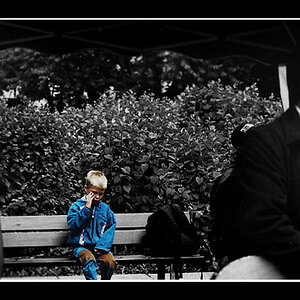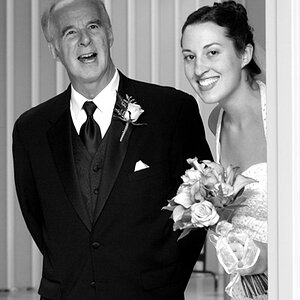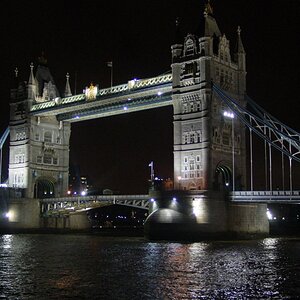Xantra
TPF Noob!
- Joined
- Feb 17, 2015
- Messages
- 3
- Reaction score
- 0
- Can others edit my Photos
- Photos NOT OK to edit
Hi,
I currently own a 60D with the kit lens 18-135.
Some month ago I get a 50mm f1.4, and since then each time I come back to the 18-135 I'm thinking "this kit lens is rubbish".
So I stated looking around. I found good reviews on the Tamron 28-75mm f/2.8.
But when I do a quick comparison on DXOMark I found not so much of a difference between my kit lens and the Tamron in terms of sharpness.
Why ? I can find on the web a lot of people saying this lens is really really sharp.
Even when I compare my kit lens to the canon L series 24-70 or 25-105, they are rated the same score about sharpening. Does it mean my kit lens is already good in it's category or we can't trust the sharpening score of DXOMark ? As my 60D is not available in DXOMark I did the comparison with a 50D
Thanks in advance
I currently own a 60D with the kit lens 18-135.
Some month ago I get a 50mm f1.4, and since then each time I come back to the 18-135 I'm thinking "this kit lens is rubbish".
So I stated looking around. I found good reviews on the Tamron 28-75mm f/2.8.
But when I do a quick comparison on DXOMark I found not so much of a difference between my kit lens and the Tamron in terms of sharpness.
Why ? I can find on the web a lot of people saying this lens is really really sharp.
Even when I compare my kit lens to the canon L series 24-70 or 25-105, they are rated the same score about sharpening. Does it mean my kit lens is already good in it's category or we can't trust the sharpening score of DXOMark ? As my 60D is not available in DXOMark I did the comparison with a 50D
Thanks in advance



![[No title]](/data/xfmg/thumbnail/40/40285-2ce5915035c220ccb3485030863b62d0.jpg?1619739408)





![[No title]](/data/xfmg/thumbnail/39/39290-dfb3e819bd94a7f30797638ae1ae27cf.jpg?1619738958)
![[No title]](/data/xfmg/thumbnail/40/40287-4f839095000f74d779b90ed75df9dc62.jpg?1619739408)


![[No title]](/data/xfmg/thumbnail/39/39291-a89dc472765e04f66f617dd9acc8030d.jpg?1619738958)
